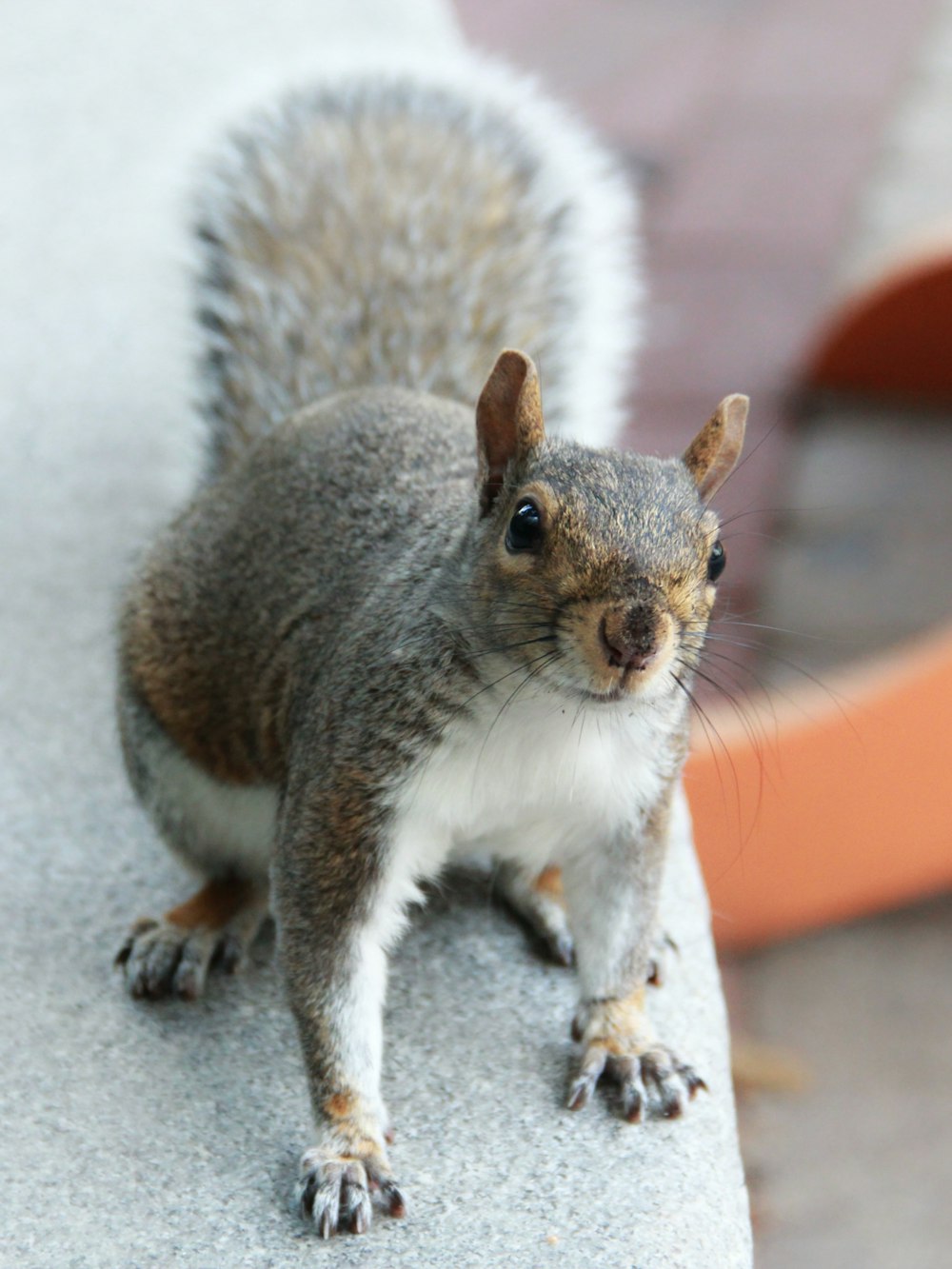Countless individuals find squirrels to be cute animals. The little faces and bushy tails make them fun to watch as they go about their busy lives. However, when a squirrel makes its way into the home, problems quickly ensue. The homeowner must act quickly to prevent damage to the residence, as repairing this damage can be costly.
#1 Wood
Squirrels chew wood anywhere they find it in the home. The siding, doors, and more are at risk when a squirrel gains access to a residence. In fact, a squirrel can chew a hole four inches in diameter to access the attic. This hole then allows other animals to enter the residence while putting the house at risk for substantial damage. Call for help at Animal Control Specialists to ensure this damage is prevented or kept to a minimum.
#2 Shingles
Wood isn’t the only thing at risk of damage. While the wood that supports the shingles may be damaged by squirrels, the shingles themselves are also at risk. If the squirrel does enough damage to the shingles, rain can lead to water damage. The homeowner needs to address the situation promptly to prevent this from happening.
#3 Wiring
Squirrels love hiding in the attics of home. Unfortunately, this is where many homes hide the electrical wiring that powers the house. When a squirrel encounters electrical wires, it will likely chew them. In fact, the damage to wires caused by pests remains one of the biggest dangers a homeowner must be aware of. When wires are exposed, the risk of an electrical fire increases significantly, putting the home and its occupants at risk.

#4 Plastic
People often don’t think a squirrel can damage plastic only to learn how wrong they are. Squirrels harm outdoor furniture, PVC pipes, and more if the homeowner doesn’t act when they spot them around these items. Sadly, squirrels in a home can damage water pipes. When they do, a leak develops that can do significant damage to the home in little time.
#5 Insulation
Squirrels find insulation to be an excellent nesting material and will use the insulation in an attic to make a nest. When they trample and shred the insulation to use in the nest, the material loses its effectiveness. A homeowner will often find they need to replace the insulation to keep the home at a comfortable temperature.
#6 Health
When one thinks of damage squirrels can do to a home, they often think of the structure. However, squirrels may also harm the health of those who live in the home, and this danger cannot be overlooked. Individuals and pets who come into contact with rodent feces or urine may contract salmonella. In addition, squirrels carry fleas that may be transmitted to pets or introduced into the home.
#7 Chimneys
Squirrels often explore uncharted territory. When they make their way into a chimney, they might find they cannot escape. This could lead to problems when the homeowner lights a fire in a fireplace or wood stove. The smoke may enter the residence, as it cannot move up the flue as intended. In addition, a chimney fire could occur and bring about costly damage.
If you suspect you have unwanted visitors in your attic or anywhere in the home, call a pest control specialist immediately. Untrained individuals should not attempt to remove their unwanted guests. Leave this task to the pros and enjoy peace of mind knowing the pests have been evicted.







